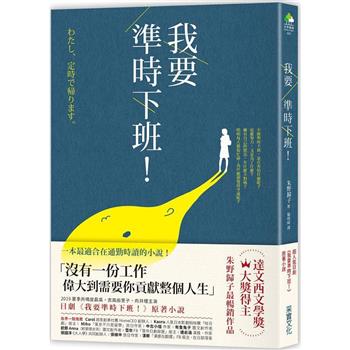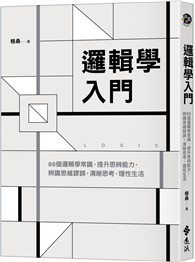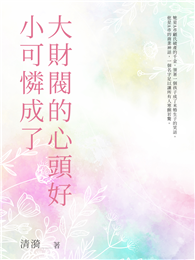In The New Industrial World: Manufacturing Development in the Course of the Globalization Age, Romano and Traù analyse industrial development, focussing upon the spreading of manufacturing activities beyond the boundaries of the advanced economies. They explain how this event has completely changed the nature of the relationship between the ’North’ and the ’South’ of the world, linking them together for the very first time on productive grounds through the development of global value chains.
Providing an overall account of the reasons for the Globalization Age to rise and, in later years, to fall, the authors offer a new interpretation of the relationship between globalization and the upsurge of industrialization outside the advanced world, highlighting the role played by industrial policy in the building of manufacturing capabilities in emerging countries. Starting with the great financial crisis that hit the world at the end of the first decade of the 2000s, Romano and Traù explain how a ’new normal’ has emerged, the basic features of which can be found in a slowdown of manufacturing growth rates, and in the comeback of distance as a key determinant of economic behaviour (also in light of the upsurge, in later years, of exogenous shocks such as the pandemic and Russian-Ukrainian war).| FindBook |
有 1 項符合
The New Industrial World的圖書 |
 |
The New Industrial World 作者:Romano 出版社:Oxford University Press, USA 出版日期:2024-03-21 語言:英文 規格:精裝 / 普通級/ 初版 |
| 圖書館借閱 |
| 國家圖書館 | 全國圖書書目資訊網 | 國立公共資訊圖書館 | 電子書服務平台 | MetaCat 跨館整合查詢 |
| 臺北市立圖書館 | 新北市立圖書館 | 基隆市公共圖書館 | 桃園市立圖書館 | 新竹縣公共圖書館 |
| 苗栗縣立圖書館 | 臺中市立圖書館 | 彰化縣公共圖書館 | 南投縣文化局 | 雲林縣公共圖書館 |
| 嘉義縣圖書館 | 臺南市立圖書館 | 高雄市立圖書館 | 屏東縣公共圖書館 | 宜蘭縣公共圖書館 |
| 花蓮縣文化局 | 臺東縣文化處 |
|
|
圖書介紹 - 資料來源:博客來 評分:
圖書名稱:The New Industrial World
內容簡介
作者簡介
Livio Romano, Senior Economist, Cassa Depositi and Prestiti (Italian National Promotional Institution), Fabrizio Traù, Adjunct Professor of Industrial Economics, Luiss University, Rome
Livio Romano is currently Senior Economist at Cassa Depositi and Prestiti (Italian National Promotional Institution) and Adjunct Professor of Industrial Economics at the Luiss University in Rome. He was previously at the Research Department of the Confederation of Italian Industries for nine years. His works spans across different fields of research: Industrial Development, Innovation and Digitalization, and Firm Heterogeneity. Fabrizio Traù led for many years the research activity on the dynamics of industrial systems and firms’ strategies in the Research Department of the Confederation of Italian Industries, and is currently Adjunct Professor of Industrial Economics at the Luiss University in Rome and Research Fellow in the Department of Economics at the University of Rome III. His research encompasses firms’ performance, growth, organisation and the logic of business leadership; the long-run structure and change of firms’ size pattern in international comparison; the dynamics of the sectoral specialisation and the regional distribution of Italian manufacturing activities; the growth, employment and trade trends of advanced and emerging industrial countries.
|










